
- Details
It was a beautiful evening on the banks of North Carolina's Tar River, and I was sicker than a dog. We had just finished attending the World Irish Dance Championships where our daughter was dancing.
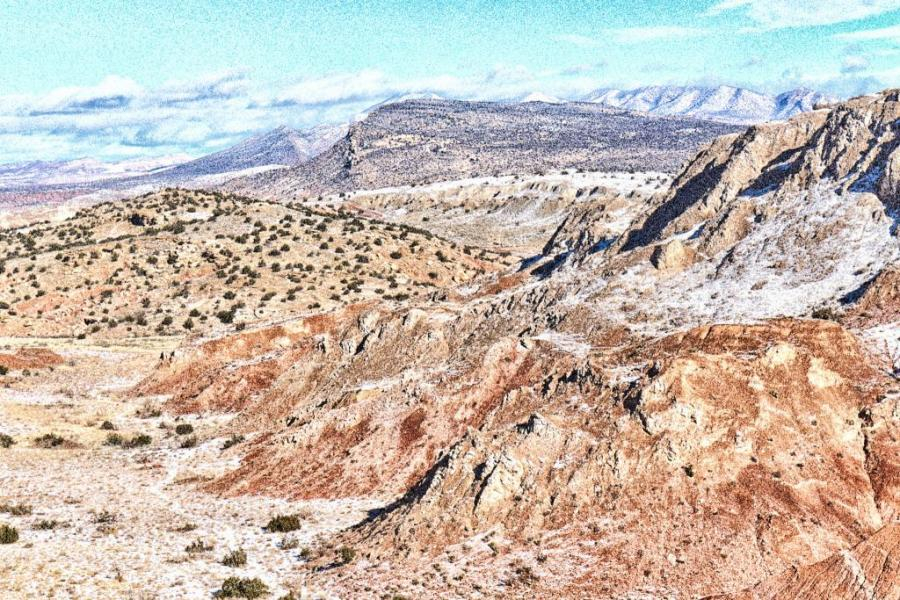
- Details
I've always wanted to paint, but never really had the time or dedication to pursue the craft. Paintings have always influenced how I select and compose imagery. Lately I have been experimenting with some pre- and post- processing techniques that can achieve painterly effects in photographs. Adding grain to a photo is a way to achieve a pointillistic effect. Here i'll detail how I got this pointillistic and painterly effect...
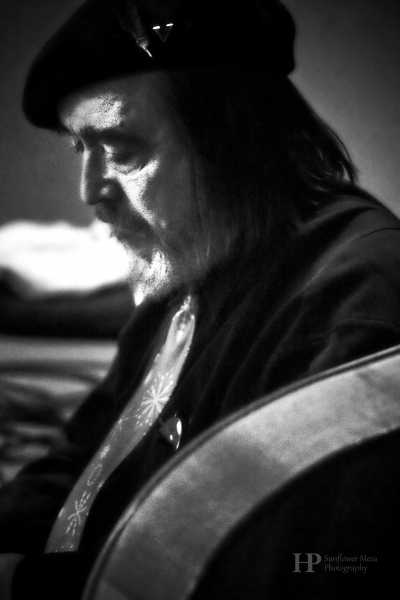
- Details
Black and white portrait taken at a Contra Dance in December of 2018 [Full Image]. The subject was a Scottish musician playing piano for the dancers. Dances are wonderful places to capture dynamic and joyous portraits of people in motion. Taking photos at a Contra Dance was suggested by a friend, and something I had never done before. It worked out really well, despite photographic conditions not being the best...
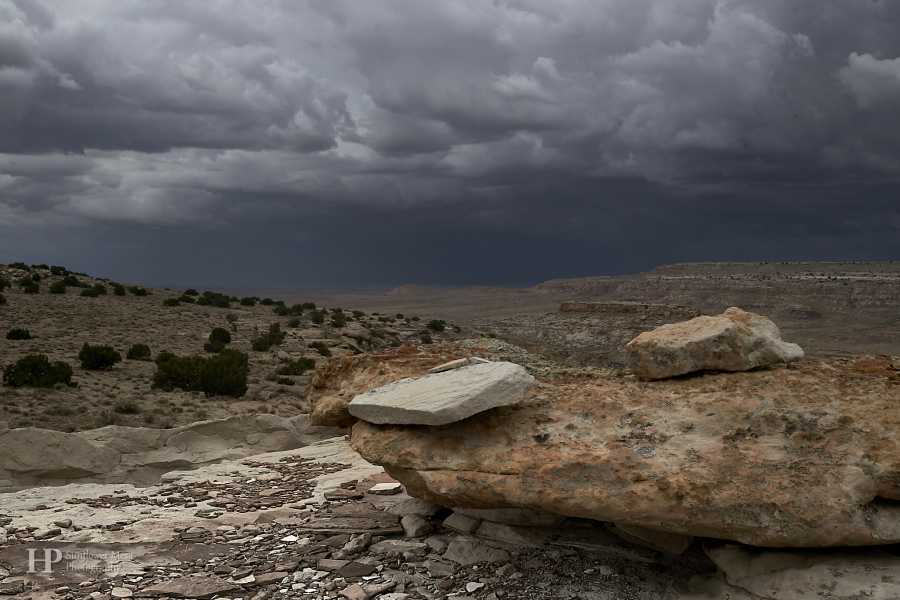
- Details
This easy loop hike is about four miles. It offers some great views of Chaco Canyon, Casa Rinconada Kiva, Pueblo Bonito, a visit to the partially restored Tsin Kletzin Pueblo ruin which sits at the very top of the south mesa. There is some nice slickrock walking, and a descent through some of Chaco Canyon's more interesting geology. The route is well marked, and there are plenty of cairns on the short slickrock sections. Photo opportunities abound. You can imagine ancient Chacoans climbing up and down from their high desert pueblo at Tsin Kletzin to visit the Grand Kiva at Rinconada, and Pueblo Bonito.
Hiking Description
Best time to hike is spring, fall, or winters. Summers are intestly hot and this exposed hike would not be pleasant. Bring a broad brim sun-hat, sunscreen, good shoes, two liters of water in spring and fall, a rain / wind jacket if weather threatens, and perhaps a sweater or pullover. Don't underestimate how much water you will need even on a modestly warm day. This is the desert southwest...
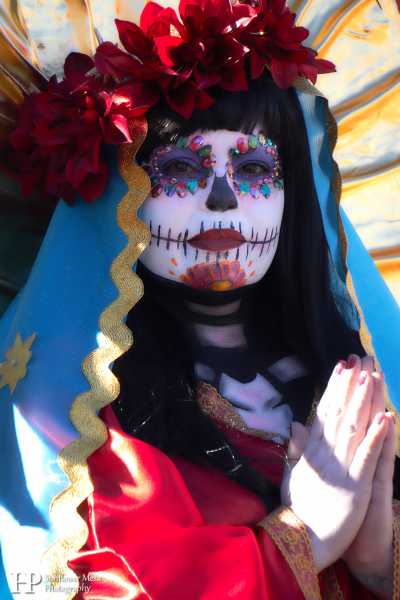
- Details
All Saints Day brings the annual Meurtos y Marigolds Parade to Albuquerque's South Valley. The parade is a high-point for New-Mexico photographers. Parade participants and watchers go all-out doning creative hand-made costumes to honor their deceased ancestors. Photographers delight in capturing the vivid and colorful costumes of the dead. The Queen of the Dead resides over the parade.
2018 Parade Photos | 2017 Parade Photos
The parade happens each year on the first weekend after All Saint's Day, this year on November 4, from 2-6 pm. It is a wonderful tradition and to date has not been ruined by over-commercialization or excessive crowds. The small crowd that your will encounter is good natured and enthusiastic about the event. To date the parade has a very organic feel - not at all commercial.
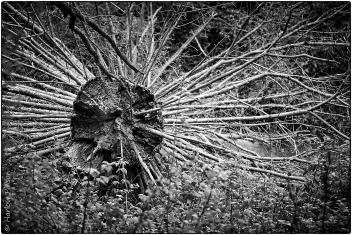
- Details
That is, noticing, and noting what you see, and what pleases your eye.
A good way to practice this is to go for a walk.
Going for a walk does not require you go to any particular spectacular place. It could be around the block, in a park, down a city street, in the town forest, or on a beach.
It doesn’t require any particular gear beyond what it takes to be comfortable walking outside. You really don't even need a camera and perhaps its better at first that you don't bring one with you.
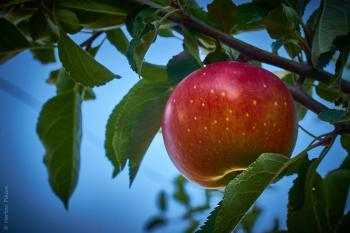
- Details
The subject is the center of interest in a photo. Good choice of subject makes a photo compelling both to yourself and to another person. A good subject communicates an idea between the photographer and their audience. A subject is the story you tell with your photo.
Many casual photographers never ask themselves this simple question before taking a picture: “What is the subject of my photo?”
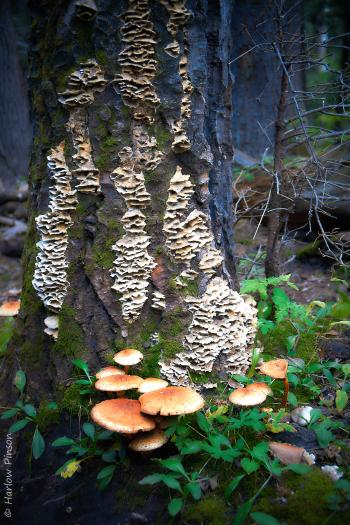
- Details
I say I am an intuitive photographer. Intuition allows me to quickly and intuitively compose within a frame. I don't think I always have had this skill. It developed over time. I always have looked at a lot of visual media: art, paintings, photos, comics. Ever since I was little, I have enjoyed going to art museums and spending time looking at other peoples compositions. As a kid I drew a lot. In retrospect I believe that if you look at how masters compose their art, and try to emulate their compositional techniques, eventually some of that amazingness will rub off on you.
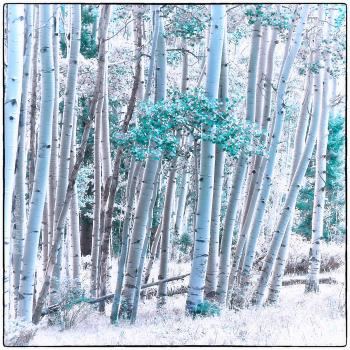
- Details
The best camera is the one you use.
My very first camera, which I got when I was nine, was a Kodak Brownie Hawkeye. My father gave me two rolls of 12 exposure Kodak print film to last through our six-week summer trip to Yellowstone National Park. One of the first places we stopped at on the way was Mount Rushmore. I used up both roles of film taking photos of Presidents Washington, Jefferson, Roosevelt, and Lincoln.
Needless to say, my dad wasn’t too happy that I used up all my film in one session. In my defense, I had fun, and unknowingly got my first exposure to the idea of composition – taking many pictures of the same subject from different frames and angles. I was happy with the results when my dad got the film developed. And my dad caved and bought me more film for the trip. I think I used about six rolls that summer. 72 pictures!